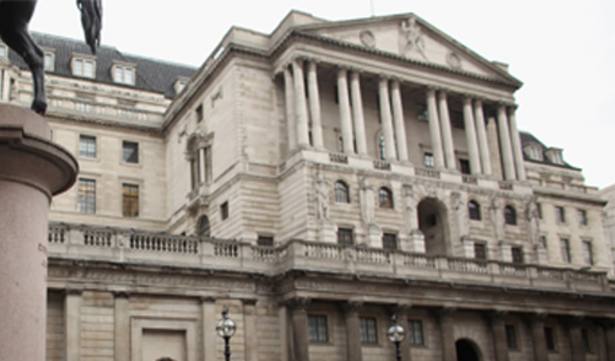Of all the economies battling monetary and fiscal issues, Japan has been at the coalface for the longest.
But in recent months the country has surprised investors with its determination and resulting monetary policy measures.
The Bank of Japan (BoJ) caught markets by surprise in October 2014 with the announcement of additional quantitative and qualitative easing (QQE). This move coincided with a change of asset allocation by the ¥130.9trn (£728bn) Government Pension Investment Fund of Japan, which included a reduction in domestic bonds and increased equity exposure.
Combined with prime minister Shinzo Abe’s successful ‘snap’ election in December and mandate for further reform, this could mean there is a potential end for the country’s economic woes, or does it?
Govinda Finn, investment research writer at Standard Life Investments, says: “The BoJ has been battling deflationary forces for longer than most and, as the inventor of quantitative easing, it has a decent track record of policy innovation. However, for all its clever thinking it has consistently lacked conviction.”
He points out the latest QQE is “designed to rehabilitate the credibility of the BoJ’s price stability mandate”, particularly the inflation target of 2 per cent. At the same time the bank has expanded its balance sheet and it expects its assets to GDP to reach 75 per cent this year.
One of the triggers for the increased monetary easing has been the fact consumer prices have been slow to move towards the elusive 2 per cent target, with the latest consumer prices index (CPI) figures for November showing a year-on-year rise of just 0.9 per cent.
“Many think a continuation of the previous trend or a moderate increase in prices is considerably more conceivable than a 2 per cent price growth,” Mr Finn warns. “To overcome this, it is argued the BoJ’s policy needs to exceed all rational expectations.”
Ian Winship, manager of the BlackRock Absolute Return Bond fund, thinks the complementary policies of the government and central bank should prove positive for the country if the easing continues.
“There is a belief that if it doesn’t work, [BoJ governor Haruhiko Kuroda] will do more. There has been reform; [Japan has] gone through the first stage of the rise in sales tax and that has allowed the bank to do more. It gives us tremendous hope that if it can continue with this level of co-operation, there is a way out for the Japanese economy.”
But Mr Finn points out: “October’s expansion of QQE was designed to demonstrate that people still underestimate the BoJ’s commitment to its price target. However, further easing may yet be required and surprising expectations again is likely to prove increasingly difficult, while liquidity issues in the Japanese government bond market highlight the practical limitations of further QQE.
“Future price expectations are also likely to be dampened by the slowdown in current prices, with core CPI set to fall still further as the recent oil weakness feeds its way through the economy.”






